10 Unexpected Ways Walking Helps You Lose Weight

Do you want to lose weight but aren't ready to hit the gym or sign up for a workout class? Walking is a great exercise that can help you lose weight easily and doesn't require a fancy gym membership, equipment, or anything more than a pair of sneakers. Here are ten reasons walking helps you lose weight easily.
It Doesn't Increase Your Cortisol Levels
Justin Nault, a Nutritional Therapist, says that "walking is the very best exercise for fat loss" in a viral video. "Hands down, it's better than running or CrossFit or anything high intensity that increases your cortisol levels."
It's Better for Weight Loss than Lifting, He Claims

He also points out that lifting weights is great for building muscle but not necessarily burning fat. " For most people, it doesn't matter much for fat loss because even a lot of extra muscle doesn't increase your daily burn by much per day, and you really do the math. Plus, if you're weightlifting and not eating enough, which is most of you, you're just stripping your own muscle tissue and actually slowing your metabolism over time," he says.
It Can Help You Reduce Belly Fat
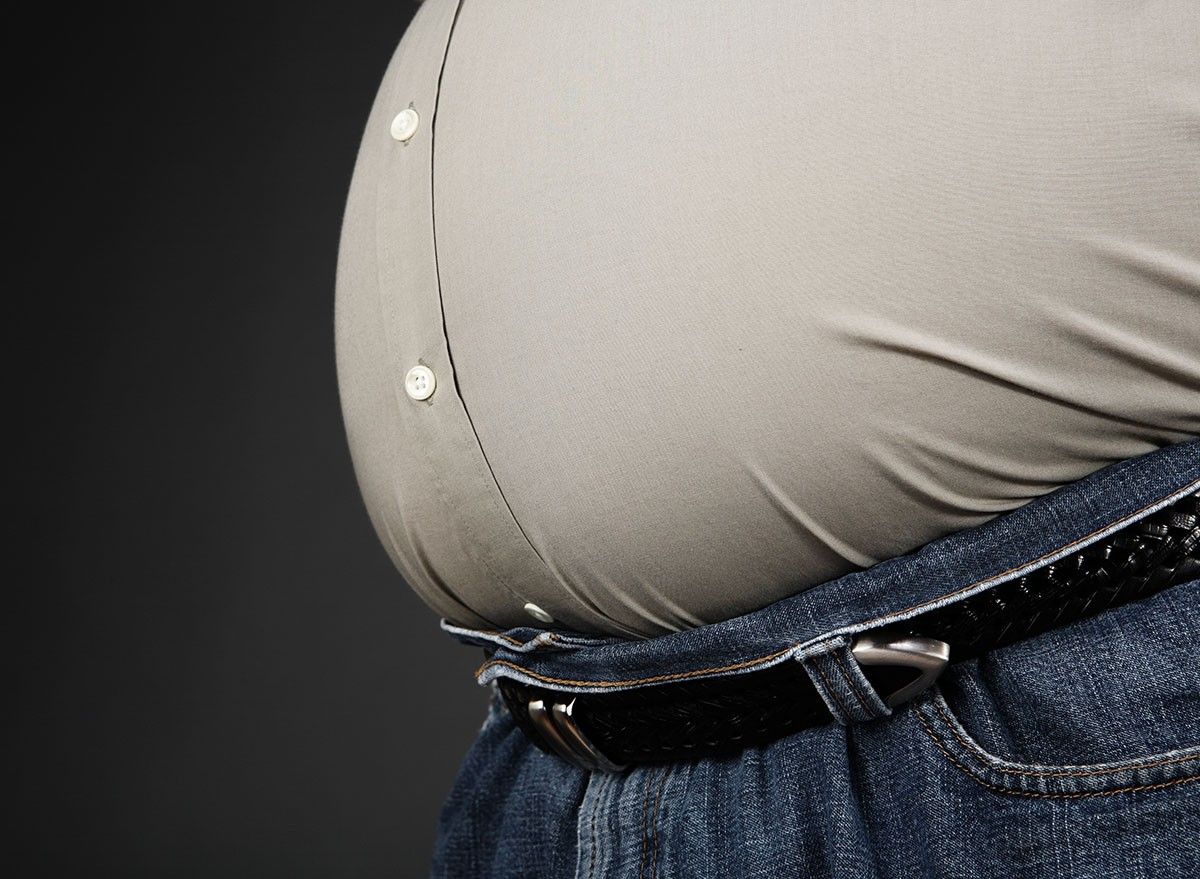
Walking is an aerobic exercise, making it a great way to reduce belly fat. One study found that women with obesity who walked for 50–70 minutes three times per week for 12 weeks experienced a reduction in waist circumference and body fat.
RELATED: 2/2/2 Method to Shed Fat for Summer
It Can Reduce Stress

Any kind of exercise is a mood booster and can decrease stress. One study found that walking just 10 minutes is a mood-booster. And, if you are feeling happy, you are less likely to stress eat or grab unhealthy food options.
You Can Burn 300-400 Calories with 10,000 Steps
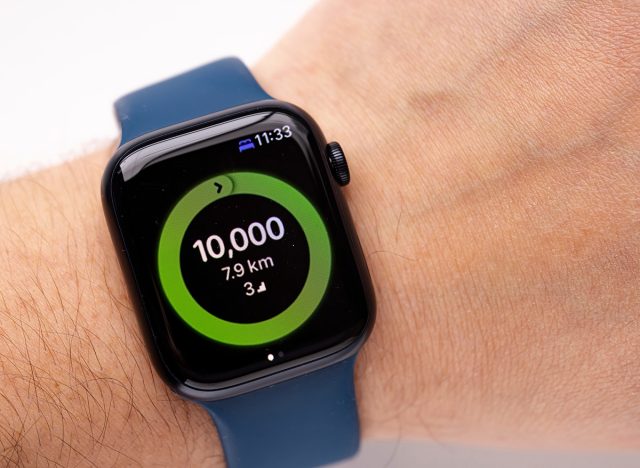
Alexandra (@alexx.fitt) lost 50 pounds with the help of walking. She maintains that adding "10k steps a day" was "life-changing." One reason is that you can burn "an extra 300-400 calories a day without spending hours on the stair master," she says.
You Can Do It Anytime, Anywhere
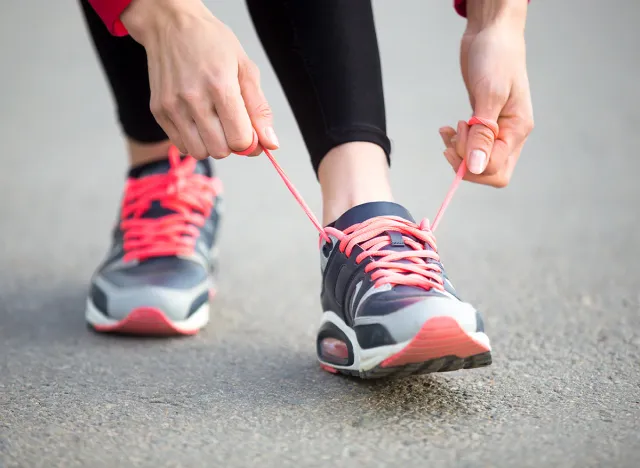
Because all you need is a pair of sneakers, walking is one of the easiest workouts on the planet. "Walking can be done anywhere. You don't have to get fancy gym clothes. You can literally walk in your PJs," says Alexandra.
You Are Less Likely to Give Up Doing It

Science has found that people are more likely to exercise if they enjoy it. And, if an exercise is too physically demanding, someone is less likely to want to do it. Because walking is moderate-intensity, you are less likely to give up doing it.
RELATED: I Lost 23 Pounds and Here are 15 Truths You Need to Know to Get Fit
It Can Improve Your Overall Health

Walking can improve your overall health, which also impacts your ability to lose weight. The Mayo Clinic explains that it can help prevent or manage various conditions, including heart disease, stroke, high blood pressure, cancer, and type 2 diabetes. It can also help improve cardiovascular fitness, strengthen your bones and muscles, improve muscle endurance, increase energy levels, improve your mood, cognition, memory and sleep, improve your balance and coordination, strengthen your immune system, and reduce stress and tension.
It Is Easy to Fit Into Your Schedule
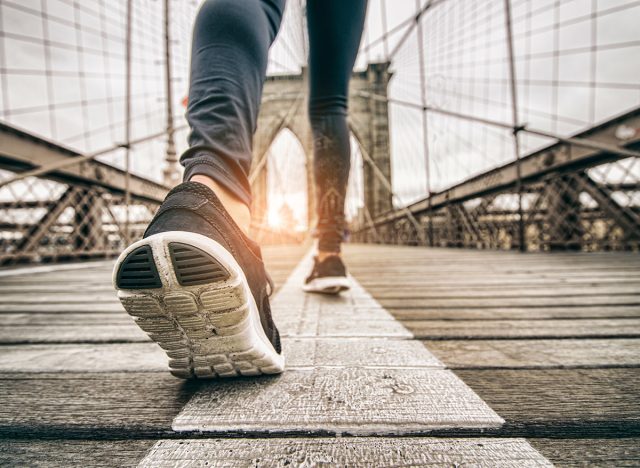
You don't have to make a huge commitment to walk. In fact, you can adapt your walking workout to the time and energy you have. You can take several short walks throughout the day, or, if you have more time, one long walk.
RELATED: 12-3-30 Walking Method: 20 Proven Tips to Lose Weight Faster
You Can Also Modify It for Your Goals and Abilities
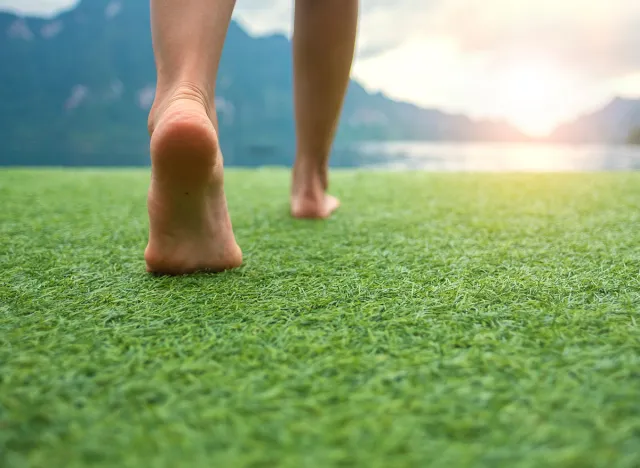
No matter your age, fitness abilities, or goals, walking can be modified. If you want to burn fat and build muscle, you can walk on an incline. Or, if you want a great cardio workout, you can try interval training.
💪🔥Body Booster: Feeling lazy or just want a more relaxing workout? Take a leisurely stroll. Whatever you do, as long as you are walking and hitting your step goals, you can lose weight.




